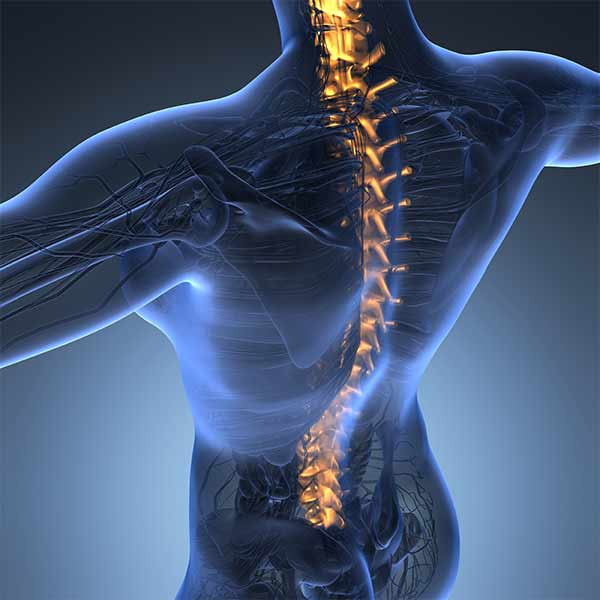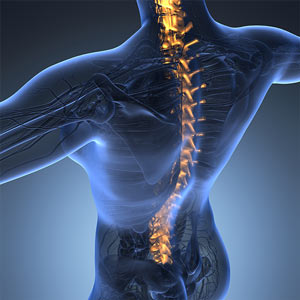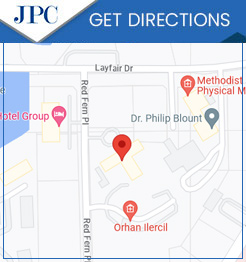Post-Shingles Pain Treatment Q&A
Do you have nerve pain from shingles? Shingles affect about one in three people at some point in their lives. Shingles are an uncomfortable, burning rash that leads to the virus that causes chickenpox. This virus becomes reactive again as we age. Post-shingles pain that comes and goes is the most common symptom of nerve pain in shingles-affected areas, like burning, stabbing, and shooting pain. Reach out to our team of healthcare professionals at Jackson Pain Center today. To learn more about the treatment, contact us or schedule an appointment online. We are conveniently located at 1 Layfair Drive, Suite 400 Flowood, MS 39232.


Table of Contents:
What does nerve pain from shingles feel like?
How long does nerve pain last after shingles?
How do I know if Post-Shingle Pain is healing?
Shingles typically result in a rash accompanied by pain in the affected area. The pain typically goes away whenever the rash goes away. This usually happens after two to four weeks. However, pain that continues for longer is known as postherpetic Neuralgia. The word “postherpetic” comes from “post-herpes” since the pain arises after infection by the herpes zoster (shingles) virus. In sporadic cases, pain even comes back after a shingles infection, even if it had already gone away and the rash had disappeared.
The main symptom of Postherpetic Neuralgia is a pain in the nerves. The pain can either be spontaneous (burning and ongoing), paroxysmal shooting, or electric shock-like pain, or the patient can experience evoked sensations in response to light touch or other mechanical stimuli. The type and intensity of pain generally vary from patient to patient. The skin is often overly sensitive and itchy. This can make it difficult or painful to turn over in bed, wash, or even hug someone. The affected area may also feel intensely itchy, be more sensitive to pain than usual, and feel pain due to something that would not usually hurt, such as a light touch or cool breeze. Postherpetic Neuralgia also affects the quality of life as well as that of sleep. Patients often report much pain and suffering due to the condition, which leads to loss of sleep. Functional status is also affected by the pain, which leads to a limited range of movement of the chest region due to discomfort.
Only approximately 9-15% of patients who get shingles develop Postherpetic Neuralgia. For those few patients who develop PHN, the length of time that it lasts usually varies. The majority of PHN patients have discomfort that lasts one to two months. About one-third of Postherpetic Neuralgia patients have symptoms that last around three months, and about one-fifth have symptoms that last a year or longer. Researchers are unsure what triggers the herpes zoster (shingles) virus to re-emerge even after years of lying dormant. The virus may be obtained during youth, but it does not flare into shingles until years down the line. When the pain of shingles lingers long after the rash heals, it is considered Postherpetic Neuralgia. The bout of shingles damages the nerves. This means that the nerve damage caused by shingles affects a fully functioning nervous system. The damaged nerve will send random pain signals to the brain, which thereby causes a burning, throbbing sensation. Over time, the nerves of the skin calm, but due to the existing nerve damage, the pain can persist for years, even for the rest of the person’s lifetime.
For most patients who develop Postherpetic Neuralgia, the prognosis is good, although they may have to take pain medications for about one to three months. For others, the prognosis is fair to poor if the pain is severe, lasts longer than three months, or significantly reduces their quality of life. Postherpetic Neuralgia occasionally results in permanent nerve damage. However, the disease is not fatal. There is currently no disease-modifying therapy for PHN. Treatment is based mainly on symptom control. Because pain may persist for years or the rest of the patient’s life, medication is often used over prolonged periods. Randomized controlled trials support the use of topical as well as oral agents to treat PHN. Topical therapy is the first treatment for mild pain. It is used in combination with systemic drugs if the pain is moderate or severe. The patches have 5% lidocaine, which is an analgesic agent. In a meta-analysis of studies, this treatment resulted in at least 50% pain relief. Capsaicin cream also has proven effective. It must be applied several times daily and is proven to be effective as a low-concentration patch. Certain drugs are also used for nerve-related pain. For Postherpetic Neuralgia, drugs proven effective are tricyclic antidepressants and antiepileptics. Many studies regarding PHN, amitriptyline, nortriptyline, and desipramine were shown to help treat the same. Gabapentin and pregabalin are two anticonvulsants that offer some benefits in the treatment of postherpetic Neuralgia.
Post-Shingles Pain Treatments are available at Jackson Pain Center. For more information, contact us or schedule an appointment online. We are located at 1 Layfair Drive, Suite 400 Flowood, MS 39232. We serve patients from Flowood MS, Jackson MS, Pearl MS, Richland MS, Ridgeland MS, Langford MS, Brandon MS, and the entire central Mississippi area.


Additional Services You May Need
▸ Facet Injections
▸ Cervical Epidural Steroid Injection
▸ Lumbar Epidural Steroid Injections
▸ Radiofrequency Ablation
▸ Celiac Plexus Block
▸ Trigger Point Injections
▸ Caudal Steroid Injection
▸ Occipital Nerve Block
▸ Lumbar Sympathetic Block
▸ Piriformis Muscle Injection
▸ Sphenopalatine Ganglion Block
▸ Sacroiliac Joint Steroid Injection
▸ Fluoroscopically Guided Hip Injection
▸ Stellate Ganglion Block
▸ Lumbar Medial Branch Block
▸ Lumbar Radiofrequency Neurotomy
▸ Cervical Facet Radiofrequency Neurotomy
▸ Thoracic Transforaminal Epidural Steroid Injection
▸ Lumbar Transforaminal Epidural Steroid Injection



